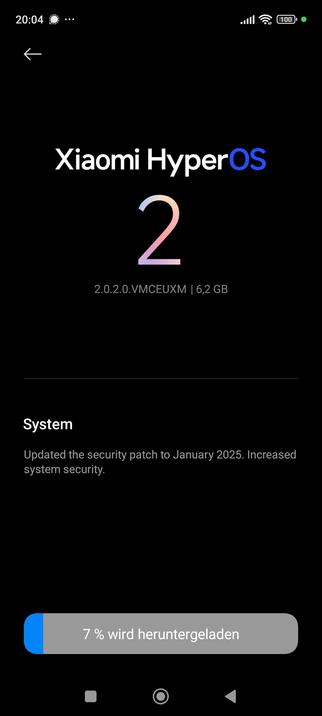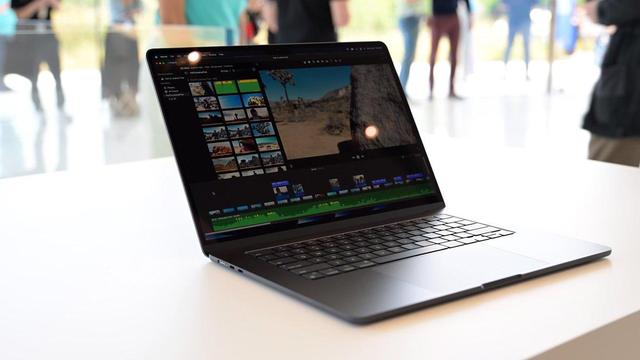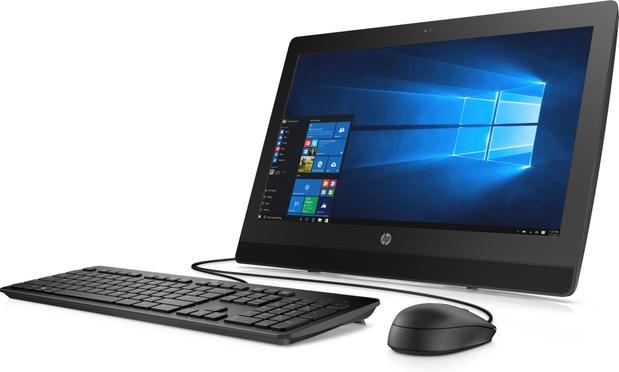GitLab Critical Security Patch Release: 17.1.1
Date: June 26, 2024
CVE: CVE-2024-5655
Vulnerability Type: Improper Authorization
CWE: [[CWE-284]], [[CWE-79]], [[CWE-352]]
Sources: GitLab Patch Release
Synopsis
GitLab released a critical security patch (versions 17.1.1, 17.0.3, and 16.11.5) to address several vulnerabilities, including a critical issue that allows attackers to run pipelines as any user.
Issue Summary
The latest GitLab patch addresses critical and high-severity vulnerabilities that could allow attackers to exploit the system, such as running pipelines as any user and injecting stored XSS in commit notes. These vulnerabilities affect versions from 15.8 to 17.1.0.
CVE-2024-5655 - CRITICAL
An issue was discovered in GitLab CEEE affecting all versions starting from 15.8 prior to 16.11.5, starting from 17.0 prior to 17.0.3, and starting from 17.1 prior to 17.1.1, which allows an attacker to trigger a pipeline as another user under certain circumstances.
CVE-2024-6323 - High
Improper authorization in global search in GitLab EE affecting all versions from 16.11 prior to 16.11.5 and 17.0 prior to 17.0.3 and 17.1 prior to 17.1.1 allows an attacker leak content of a private repository in a public project.
CVE-2024-4901 - High
An issue was discovered in GitLab CEEE affecting all versions starting from 16.9 prior to 16.11.5, starting from 17.0 prior to 17.0.3, and starting from 17.1 prior to 17.1.1, where a stored XSS vulnerability could be imported from a project with malicious commit notes.
CVE-2024-1816 - Medium
An issue was discovered in GitLab CEEE affecting all versions starting from 12.0 prior to 16.11.5, starting from 17.0 prior to 17.0.3, and starting from 17.1 prior to 17.1.1, which allows for an attacker to cause a denial of service using a crafted OpenAPI file.
CVE-2024-2191 - Medium
An issue was discovered in GitLab CEEE affecting all versions starting from 16.9 prior to 16.11.5, starting from 17.0 prior to 17.0.3, and starting from 17.1 prior to 17.1.1, which allows merge request title to be visible publicly despite being set as project members only.
CVE-2024-3959 - Medium
An issue was discovered in GitLab CEEE affecting all versions starting from 16.7 prior to 16.11.5, starting from 17.0 prior to 17.0.3, and starting from 17.1 prior to 17.1.1, which allows private job artifacts can be accessed by any user.
CVE-2024-4557 - Medium
Multiple Denial of Service DoS conditions has been discovered in GitLab CEEE affecting all versions starting from 1.0 prior to 16.11.5, starting from 17.0 prior to 17.0.3, and starting from 17.1 prior to 17.1.1 which allowed an attacker to cause resource exhaustion via banzai pipeline.
CVE-2024-5430 - Medium
An issue was discovered in GitLab CEEE affecting all versions starting from 16.10 prior to 16.11.5, starting from 17.0 prior to 17.0.3, and starting from 17.1 prior to 17.1.1, which allows a project maintainer can delete the merge request approval policy via graphQL.
CVE-2024-4011 - Low
An issue was discovered in GitLab CEEE affecting all versions starting from 16.1 prior to 16.11.5, starting from 17.0 prior to 17.0.3, and starting from 17.1 prior to 17.1.1, which allows nonproject member to promote key results to objectives.
Technical Key Findings
- Run pipelines as any user: A critical vulnerability (CVSS 9.6) enabling attackers to trigger pipelines under another user's identity.
- Stored XSS in commit notes: High severity vulnerability (CVSS 8.7) allowing XSS injection through imported project commit notes.
- CSRF on GraphQL API: High severity issue (CVSS 8.1) permitting unauthorized GraphQL mutations via CSRF attacks.
Vulnerable Products
- GitLab CE/EE versions from 15.8 to 16.11.4, 17.0 to 17.0.2, and 17.1 to 17.1.0.
Impact Assessment
Exploiting these vulnerabilities can lead to unauthorized code execution, sensitive data exposure, and potential takeover of GitLab instances.
- Run pipelines as any user: This vulnerability enables attackers to execute code and perform actions on behalf of other users without authorization. It bypasses standard access controls, allowing malicious actors to manipulate the CI/CD pipeline as if they were legitimate users. This could lead to unauthorized changes in the codebase, deployment of malicious software, or alteration of critical infrastructure configurations.
- Stored XSS in commit notes: Stored XSS vulnerabilities persist in the application until explicitly removed, with malicious scripts injected into commit notes that can affect every user viewing these notes. The wide attack surface includes multiple users such as developers and project managers, increasing the risk as each view can trigger the malicious script.
- CSRF on GraphQL API: This vulnerability is easy to exploit and has a wide-ranging impact on system confidentiality and integrity, affecting multiple users and components due to the extensive use of GraphQL APIs in GitLab.## Patches or WorkaroundImmediate upgrade to the patched versions 17.1.1, 17.0.3, or 16.11.5 is strongly recommended. Details on upgrading can be found on the GitLab update page.
Tags
#GitLab #CVE-2024-5655 #CWE-284 #CWE-79 #CWE-352 #SecurityPatch #Vulnerability #DevOps #CI/CD



